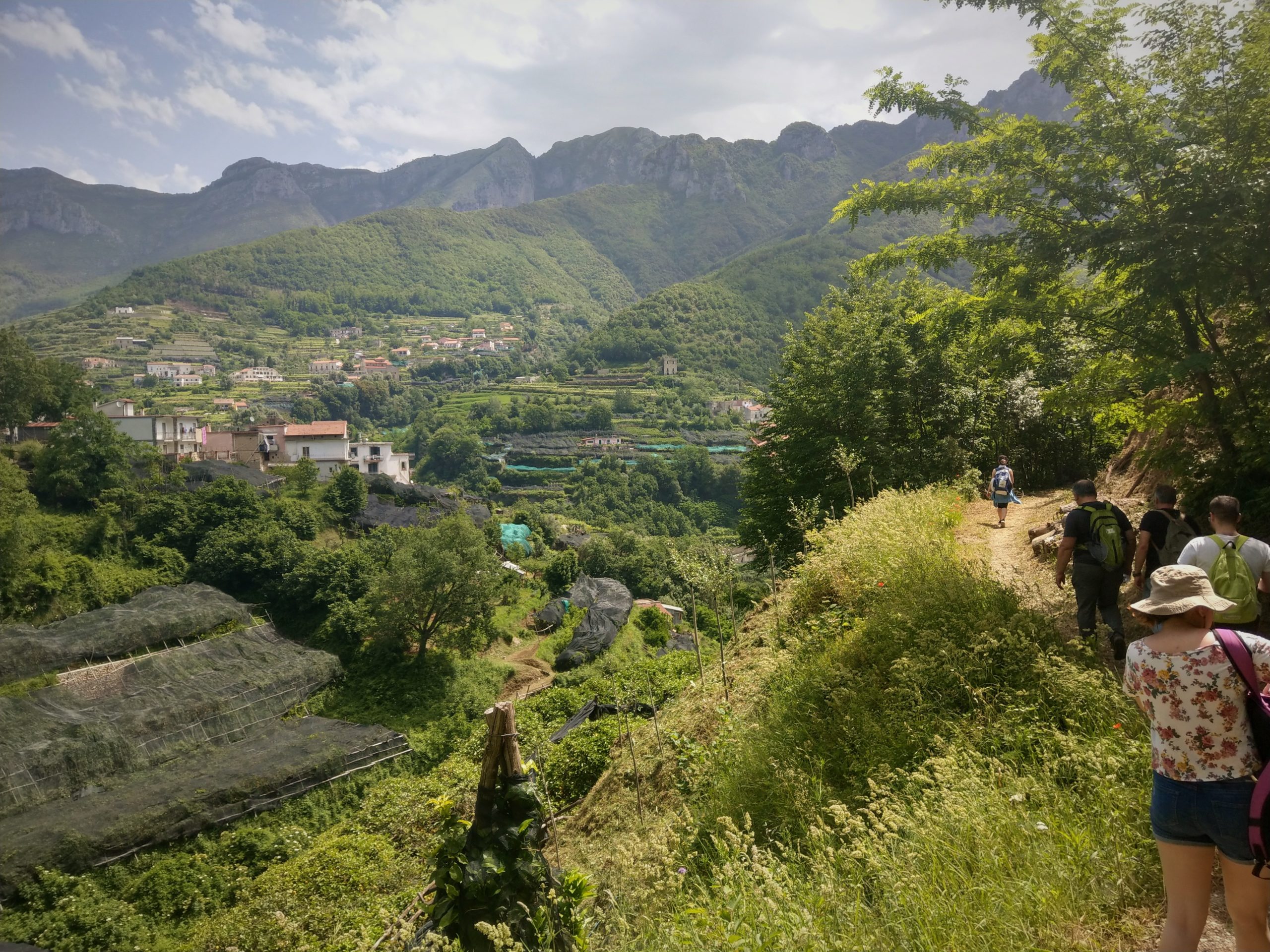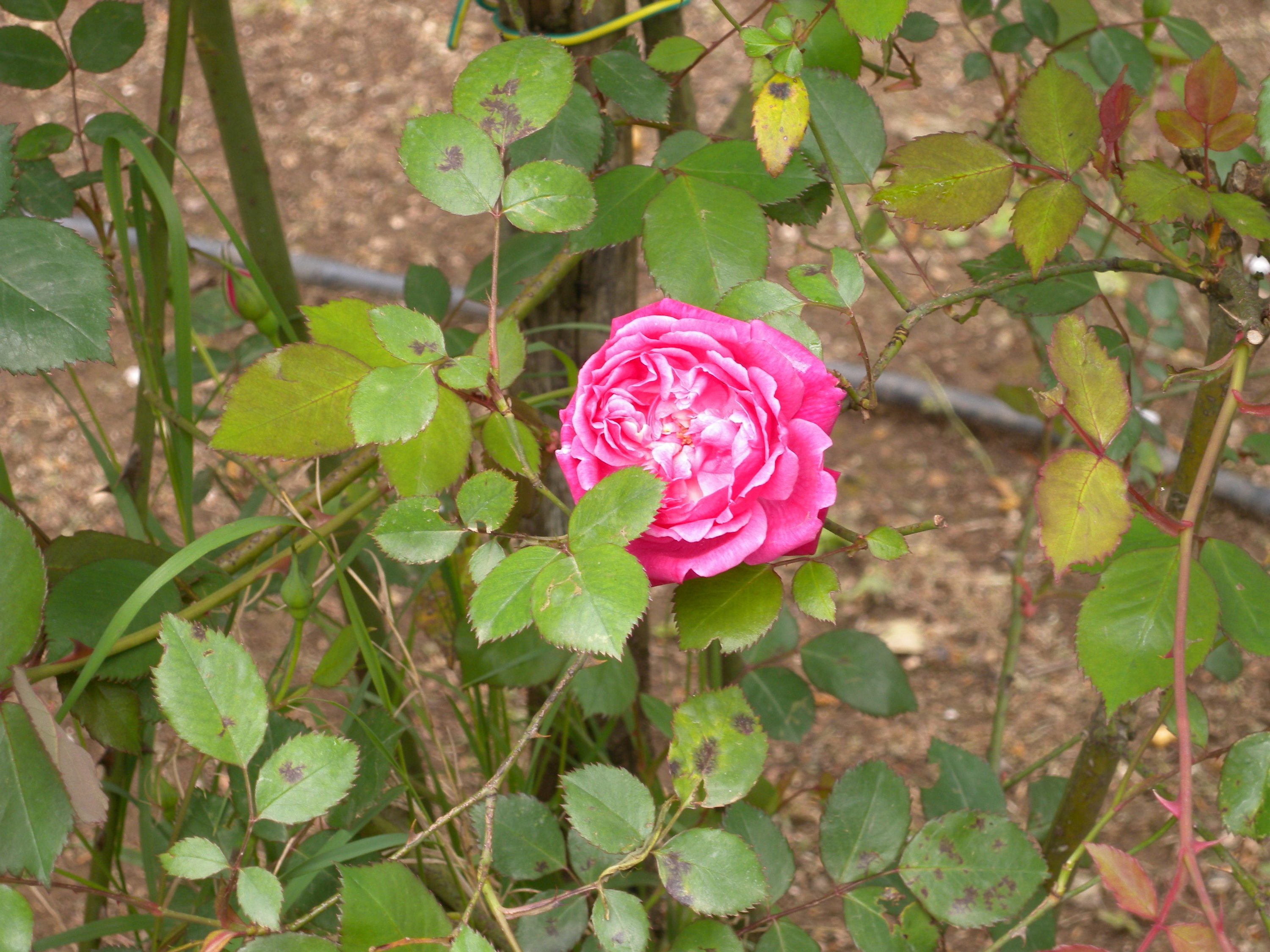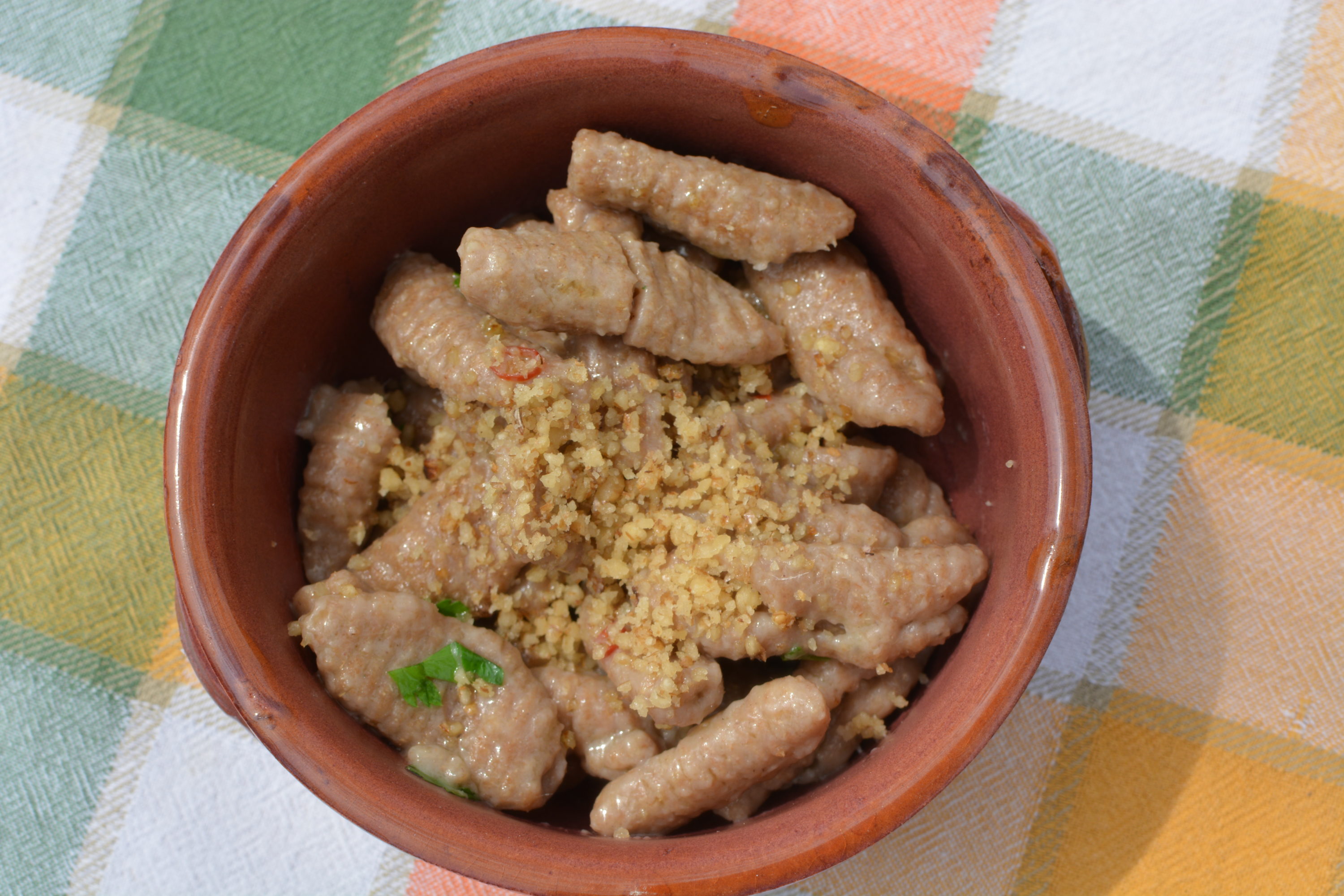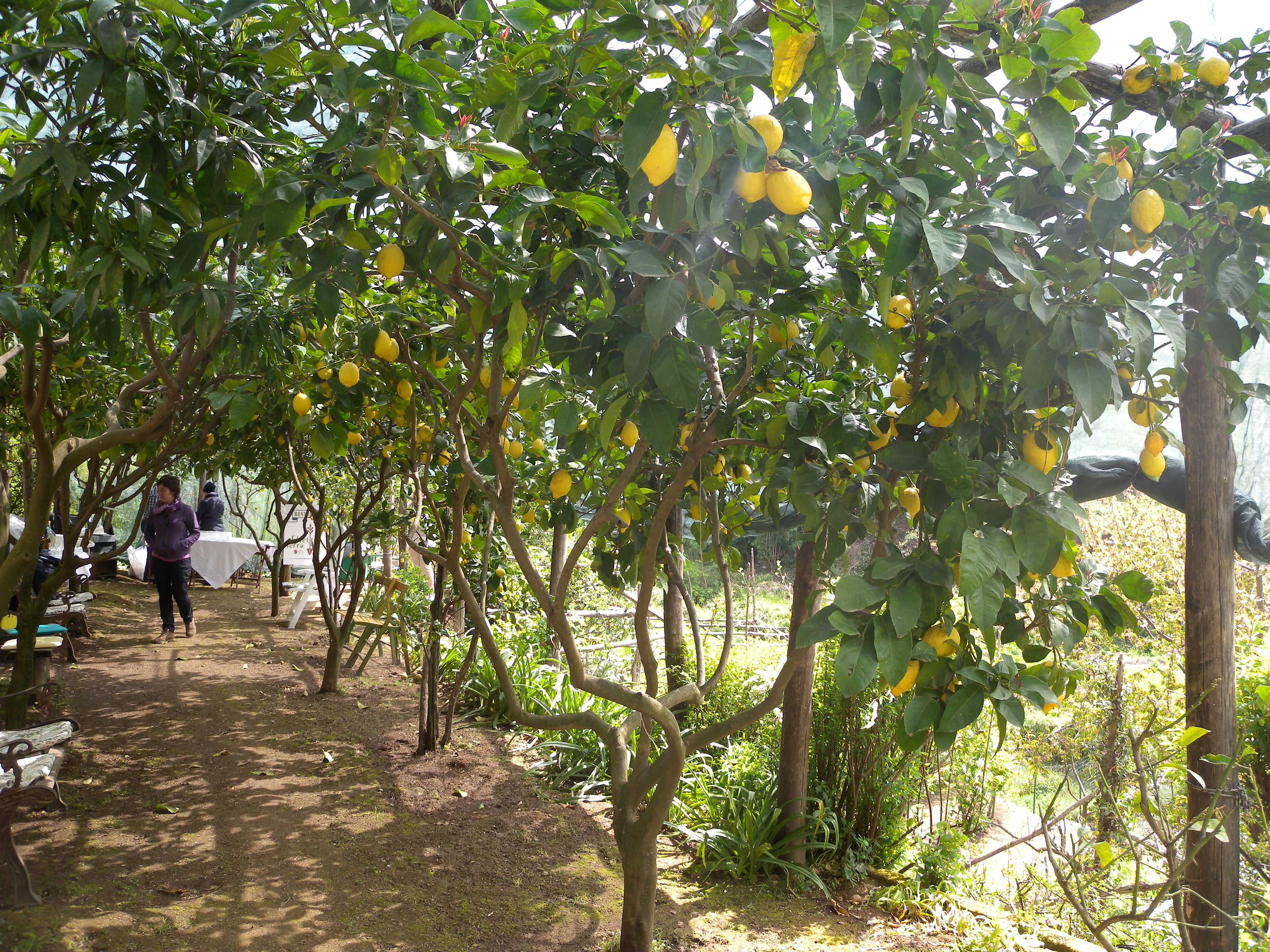Through the eyes of those who live here and those who moved here.
A story about this amazing place by presenting you places, food and traditions of the Amalfi Coast: We wrote this to inspire about underestimated aspects of the Amalfi Coast, beyond the amazing beaches but also beyond the places swamped by tourists, and to put a focus its more hidden but equally beautiful sides.
This is also a kind of love letter to this region rich of beauty and traditions, the way people live preserving them until today. The Amalfi Coast has a lot to offer, also in it’s rural regions. If we caught your interest, contact us for events and visiting opportunities.
1. The “Pizza of Tramonti”
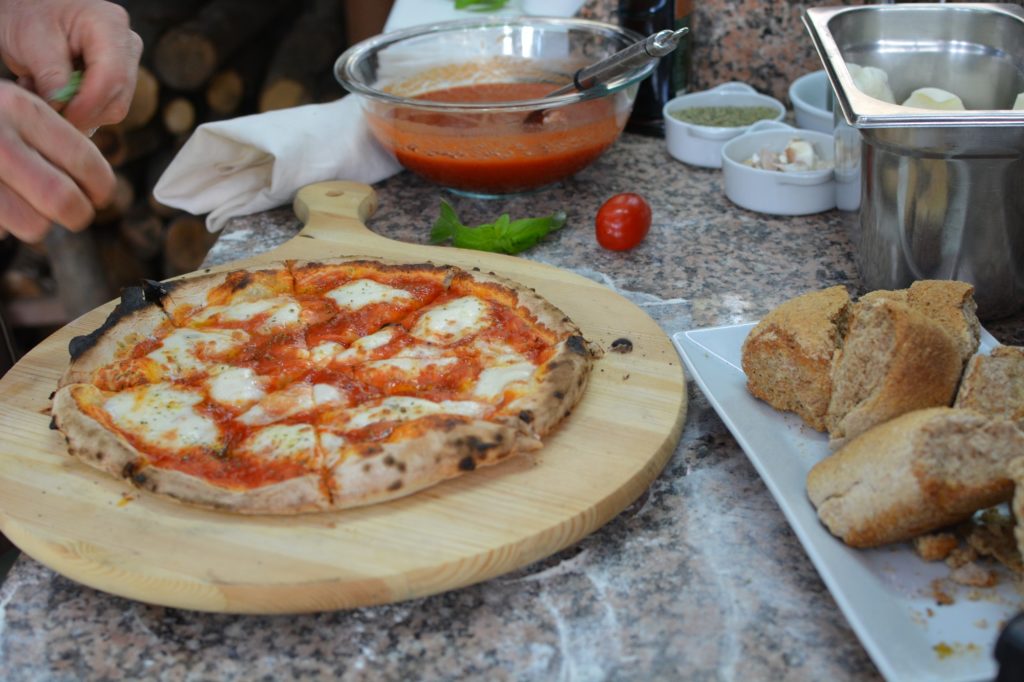
Do you know the pizza of Napoli? It is one of the best known pizza schools in the world. But there exists also the pizza of Tramonti, not too far away, inside the Amalfi Coast. It has its own style, own taste, own ingredients and own cooking procedure. In fact, the pizza school is recognized by the Italian De.CO. accreditation for the municipality of Tramonti and is a label for the origin of products, together with the Re Fiascone tomato for pizza (see point 2 below). Traditionally from Tramonti is also the “Fior di Latte” mozzarella cheese, available at “Antica Latteria” in Tramonti. If you are somewhere around the coast, we definitely recommend you to go to Tramonti and have a pizza. Find out more about the Story of the pizza of Tramonti here on our website.
2. The ancient “Re Fiascone” tomato – Pizza part 2
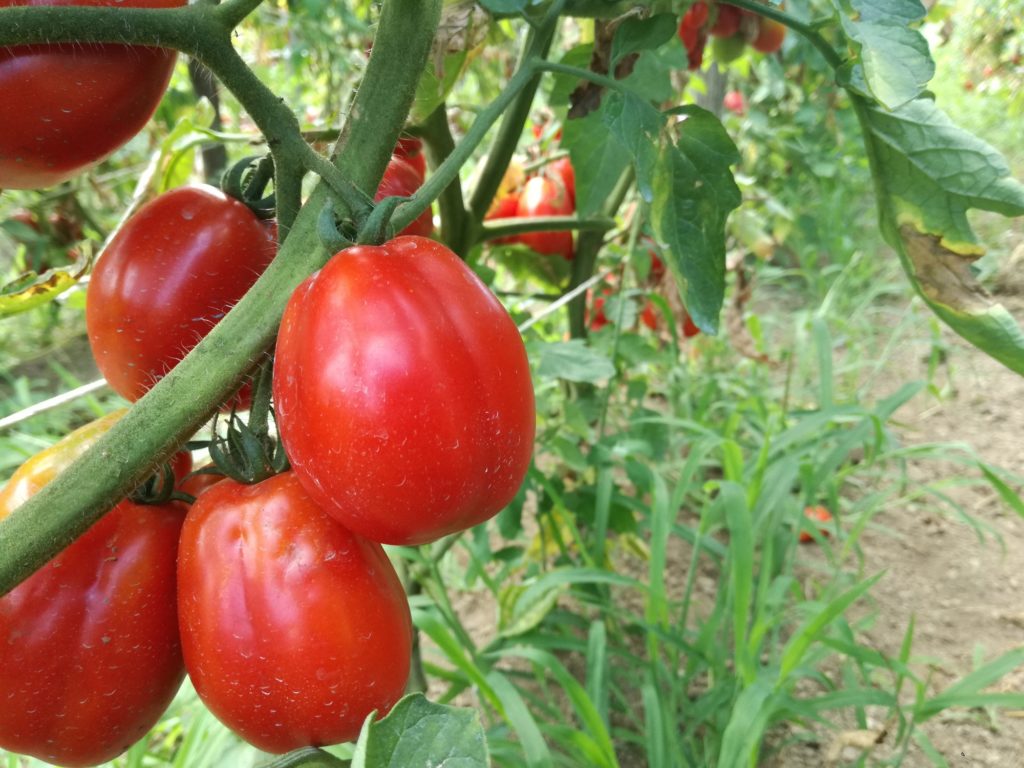
It became rare for some decades, but one ingredient that should go on the pizza here is the special “Re Fiascone” tomato, which is an ancient, rare vegetable type. Believe it or not, it is the one tomato that has been served on the original Pizza Margherita, which was dedicated to the Queen of Italy (Margherita) in 1898 at the occasion of her visit to Naples. Actually, the Re Fiascone is also named Re Umberto, as it was dedicated to the King of Italy Umerbeto I, the husband of Queen Margherita. After the industrialization of agriculture it slowly vanished, but not completely, and since some years it is growing again on the terraces of Tramonti. And indeed, it does have a delicate, softly sweet and royal taste and definitely should go on your pizza during your visit! And even out of season you can enjoy it the whole year long as tomato sauce. Find out more about the tomato here. It is available for tastings, contact us or visit also here with information about the tasting!
3. The paths: Il sentiero delle Formichelle tra Tramonti e Maiori
Between Maiori and Tramonti, one of the less known beauties of the Amalfi Coast. The path leads through the terraces and follows an old route for the transport of agricultural and forest goods. On the way you pass amazing views, old dry stone walls and cisterns, romantic terraces, lemons, wine, and much more. You arrive either from Tramonti or Maiori and can then take the public bus between Maiori and Tramonti back. It takes a couple of hours. To have a look at the path, try out the app WikiLoc or visit https://www.facebook.com/Sentiero-delle-Formichelle-Tramonti-Costa-dAmalfi-487172598719440/! You can also walk the path in different versions of lengths, the whole path joins the “Sentiero dei limoni” that goes between Maiori and Minori. However, coming from Tramonti, you can also stop before and go down to Maiori earlier. This way it is shorter and easier (the last part before Maiori goes uphill again). Also always good to bring some water and rain or sun protection. And your camera!
4. “Pane biscottato” – the cookie-baked bread (Pizza part 3)

This type of bread represents the origin of the pizza of Tramonti. During the times of the Republic of Amalfi, this bread was baked twice and completely dehydrated, to serve as a long lasting food for the sailors and marinaries going to the sea for long times. It has a particular, unexpected intense taste and you will very likely not find it anywhere else than here. During the baking process, the first pizza was developed as a tasty snack to enjoy while the old, big wooden stoves had to cool down. It is baked and eaten until today in Tramonti, by people at home, or available in shops. Find out more about the Pizza of Tramonti and the Pane biscottato here on our website. For tasting purposes, come and visit us in Tramonti! Contact us here!
5. Fried pizza
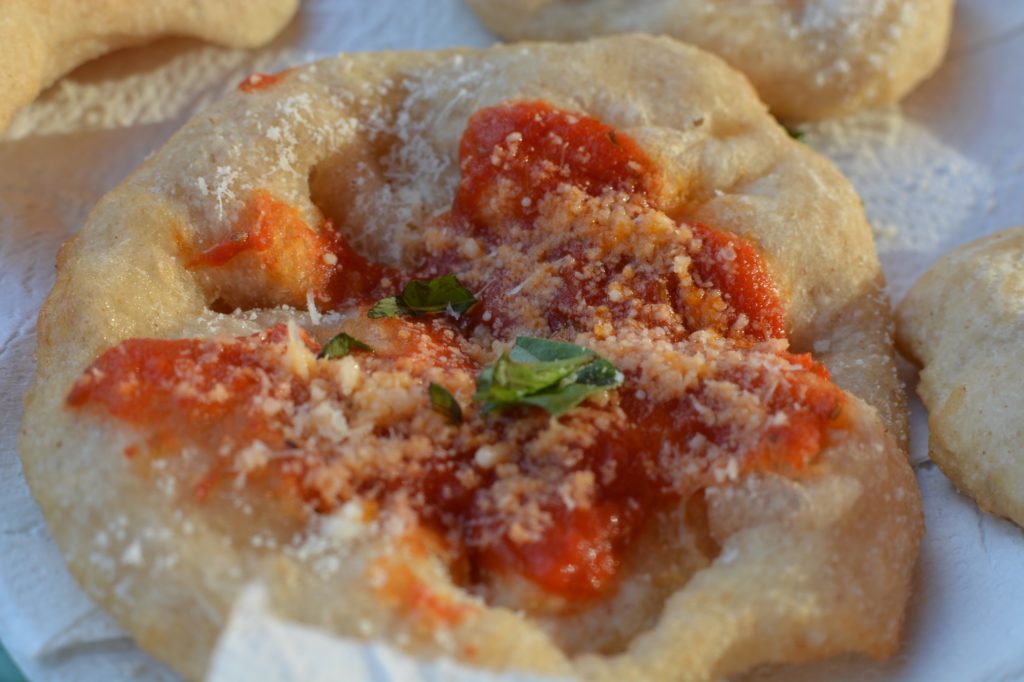
Yes, still circling around pizza. While fried pizza is a specific Neapolitan tradition, being smaller filled, versions of pizza not baked in an oven but fried, in Tramonti fried pizza is not filled but the ingredients are put on top, like on the standard version of pizza. The whole recipe is available here. It has its origins in the times after war and shortage of wooden supplies and wood stoves, and is usually eaten as a tasty snack before lunch time, or together with friends, f.ex. around a football game. It’s not very common to serve it in restaurants, but if you are in the area and want to try, contact us here.
6. The Secret Garden for the Spirit – Il giardino segreto dell’anima
A beautiful garden you can only find when you are looking for it. In Tramonti, the fraction of Campinola, passionate gardeners planted it over decades, collected different type of flowers, plants, vegetables, and – most proudly – roses. It is highly underestimated in our opinion, and if you are a lover of gardens, plants, roses or lovely and romantic ambience, you should definitely pay a visit.
7. The Amalfitanian paper – La carta d’Amalfi

With today’s economy based on tourism, the Amalfi Coast was not always structured like that. Besides from wood and metal industrie, there used to be paper industry, which dates back to Medieval times, when the Republic of Amalfi was a strong force in the Mediterranean Sea. Nowadays the Amalfitanian paper is a high class paper used for special events and documents, and has a high popularity for wedding invitations. It has a great haptic and a very classy optic, and they say the basics of the process, although improved, remained the same throughout time. In Amalfi you can still find the museum of paper, where – secret tip! – they might let you produce some by yourself in form of a workshop. Apart from some exceptions (mainly Christmas and February), the museum is open all year long. Find details here.
8. The “Ndunderi”
The ancient Romans in the Amalfi Coast – if you visited the Villa Romana of Minori, you know all about it. Romans who could afford it came to the Coast and built villae, mainly to have vacation houses and spend time in tranquility. That was possible until after the Vesuvio outbreak of 79 AD, when ash and other loose lying material from the outbreak started to flood the small towns alongside the Coast, coming with the rainfall down from the mountains. And in fact, until today in this area there remains hydro-geologically risk. However, the question of all questions – what did the Romans eat? And did they know already Pasta? The answer to the second one is yes, one known speciality is the famous “Ndunderi”, original pasta based on spelt (type of grain) and sour yoghurt. It might remind of Gnocchi, but was unlike those prepared without potatoes (which arrived in Europe only after Christoph Columbus). Romans used to eat spicy and intense, and indeed this pasta has some special spices for surprise. And what about the sauce? The classical Roman specialty, sauce and spice was “garum”, a special fish sauce used in various types. And the Romans knew what they were talking about, when saying that a real Dinner cannot happen without Garum. If you are interested in a tasting, let us know via our contact form!
9. Ancient wine’s fate
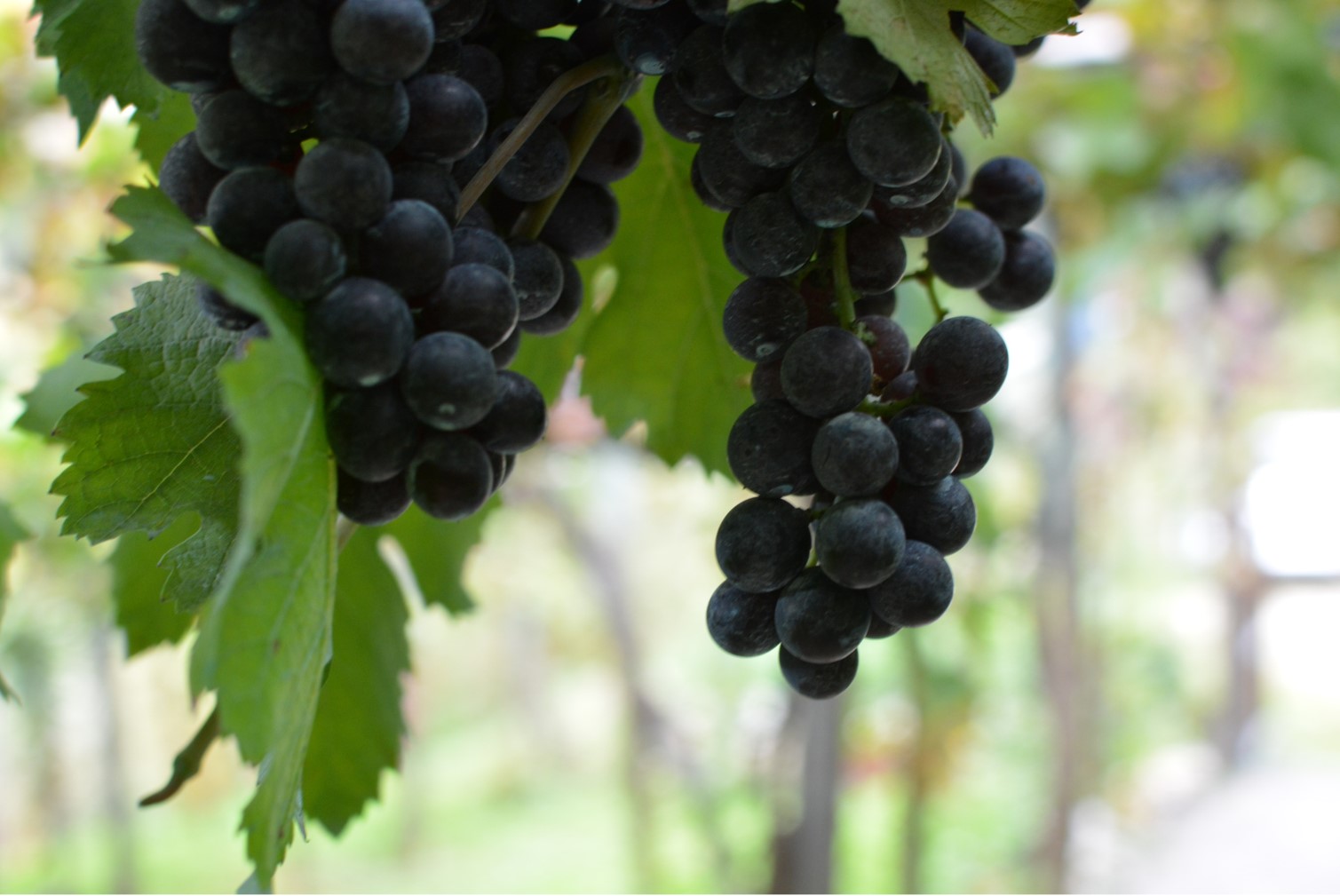
While alongside the Coast you mainly find lemons, if you enter the mountain areas you will find terraces full of wine, chestnuts and others. Tramonti in fact is one of the most popular zones of the Coast to produce wine (also available in most shops in the Amalfi Coast, and its grape types origin from old times before the discovery of America – something that is almost unique in Europe, where most indigenous grape types were destroyed by parasites. Being a rural area, many people living here still produce their own wine at home from their own grapes, “vino del contadino”. If you can get the chance to stay at someones place and taste this wine, you should definitely take it!. (Discover more about the story of the wine of Tramonti here on our blog)
10. Lemon – the one and only
Being the symbol of the Amalfi Coast, lemons grow here since the middle age when monasteries were built and monks and nuns started to create the terraces to gain agricultural land. Lemons remained part of the Coast’s identity, and poets such as Goethe (“Kennst du das Land, wo die Zitronen blühn” – “Know’st thou the land where the fair citron blows”) still kept their importance. The lemons on the Amalfi Coast are of a special type (“sfusato amalfitano”), they are big with a thick skin that can be eaten as a refreshing snack in summer (yes, you actually CAN eat those lemon peels and they are really good) or used for sweets and candy. Most known though is the sweet liquor limoncello, also made out of the peel. You can find the “limoneti”, the lemon terraces, mainly on the sea side of the Coast, f.ex. “Sentiero dei limoni – Lemon path“, a two-hours walk from Minori to Maiori through the terraces – easily findable in either one of the two towns via street signs or by asking passengers. The more you keep going inside the valleys, the more they will disappear and you will find chestnuts and wine instead.
11. The dance – La tammuriata
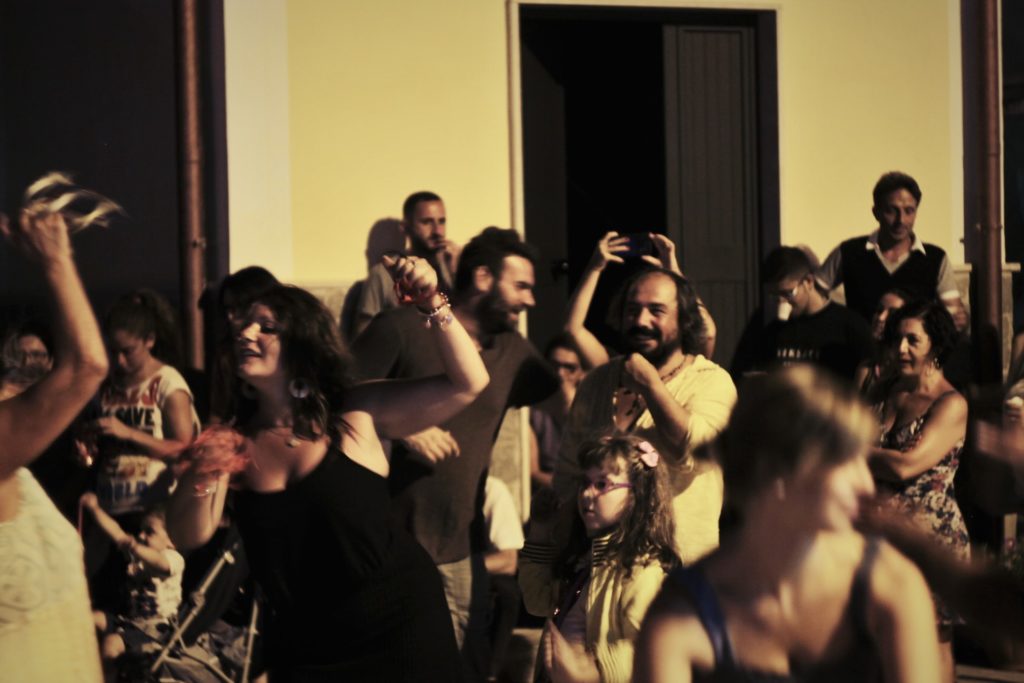
Tarantella, Pizzica, Tammuriata – The region has a rich tradition of dancing. While Pizzica originally comes from Puglia, Tarantella from Campania and Tramontanean Tammuriata from the mountain areas in Campania (while belonging to a wider spread dance family of the mediterranean Tammuriata), they are all danced with pleasure to a rhythm of Tamburine, accompagnied by the Castagneti, small artistic wooden tools to make clapping sounds. Once experienced, rhythm and movements will make you dance! At food festivals during summer in Tramonti you have a good chance of catching a Tammuriata party, although they usually have the characteristic of inofficial folk dance and are not performed in big halls with official entrance but on squares during “Sagra”, the food festivals of the region during summer time. Check for a Tramonti Sagra calendar of the season.
12. The mountains next to the sea – Tramonti
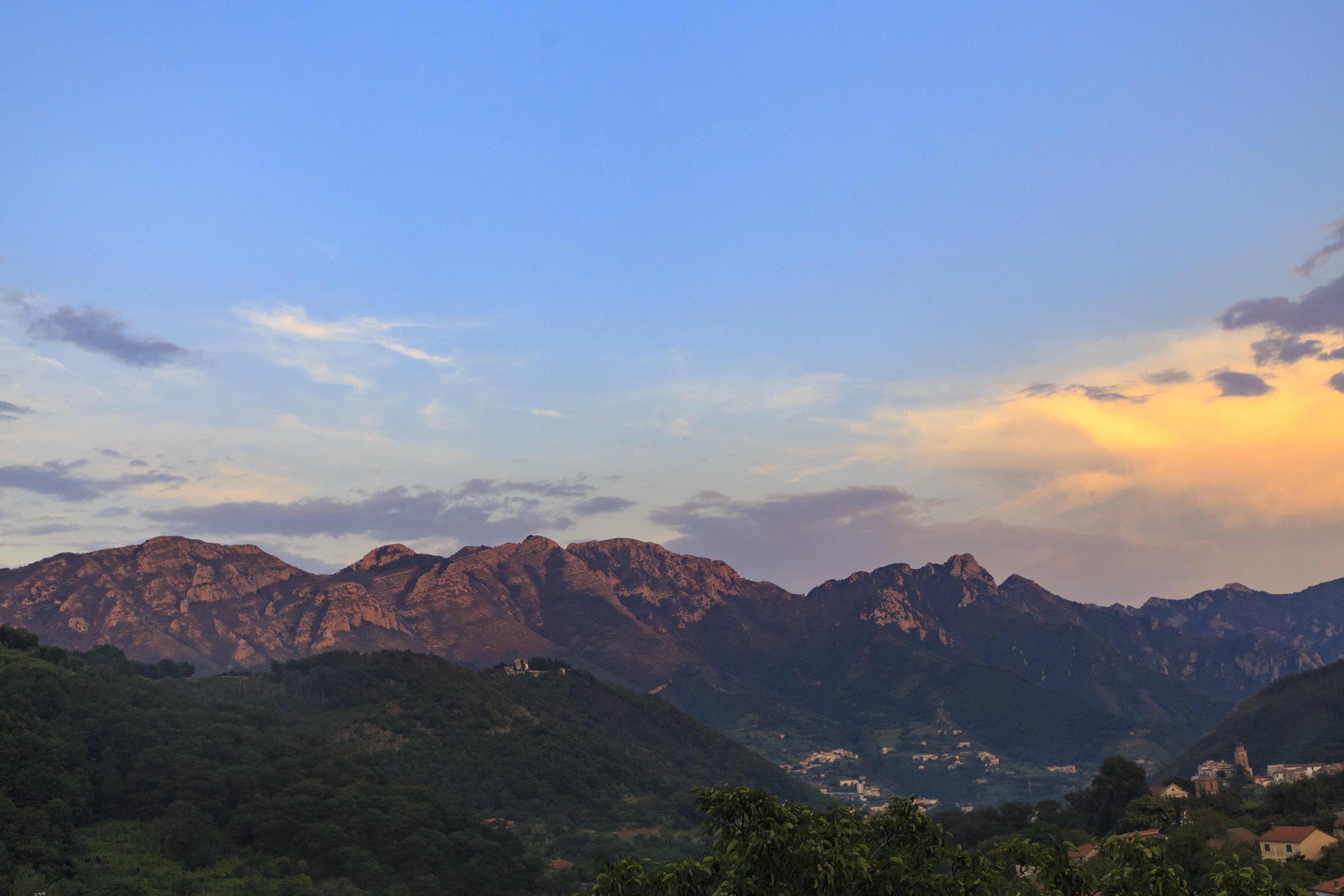
The Amalfi Coast is the combination between mountains and the sea. The mountains inside the area go up above 1000m, and sometimes in winter it will snow there. You can find hiking paths for all different hiking levels. The mountains will give you peace, a splendid nature, a variety of plants and animals, and the perfect time to calm you inner world. In fact, Tramonti – the town in the valley behind Maiori on the Amalfi Coast – has its name from this meaning of being “tra i monti” – behind the mountains (if you are coming from Naples). Tramonti in Italian also means sunsets, which we understand every time we see a beautiful sunset like on this picture in the mountains of Tramonti. It plays a bit the role of the backoffice of the Amalfi Coast, and if you look for it it will give you a lot of insights in this areas history, culture, nature and current social and economic movements.
If you want to know more about our activities and projects, scroll through our page or contact us!
Note: Updated on January, 21st 2020 with new information and tips!

